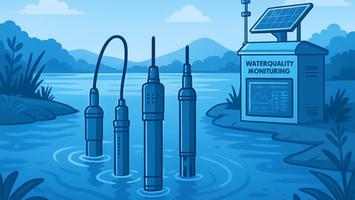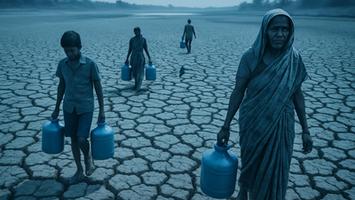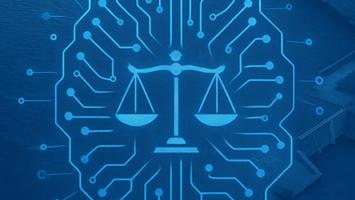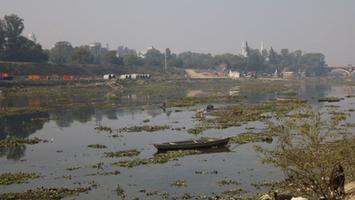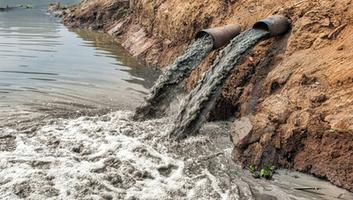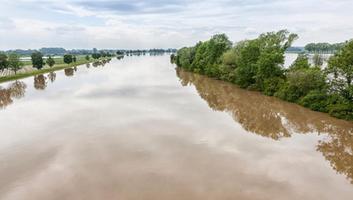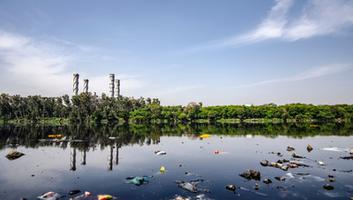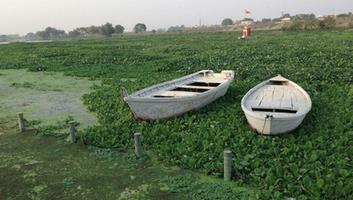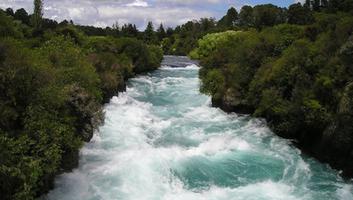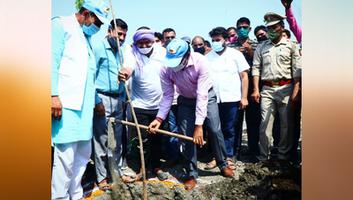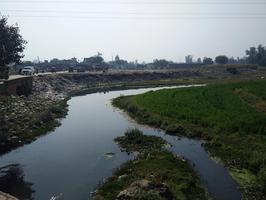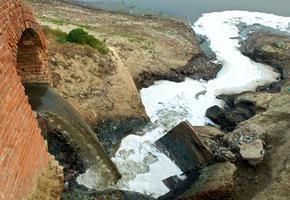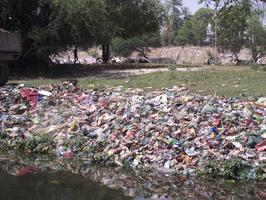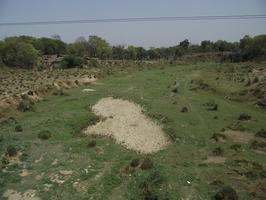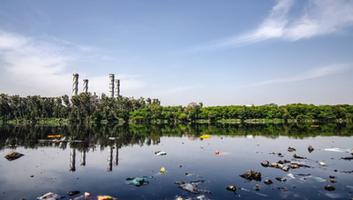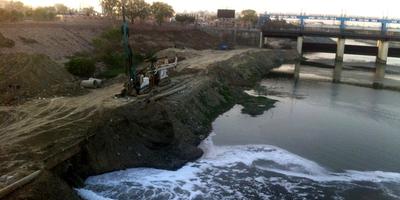Predictive Analytics: Forecasting Water Futures
- By
- Gitanjali Maggo
- June-03-2025
In the face of increasing water scarcity and the unpredictable impacts of climate change, the ability to accurately forecast water availability and demand is becoming critically important. Traditional methods of water resource planning often rely on historical averages, which are proving inadequate in a rapidly changing world. This is where predictive analytics, powered by Artificial Intelligence (AI), emerges as a transformative tool for sustainable water management.
Predictive analytics uses historical and real-time data, statistical algorithms, and machine learning techniques to make predictions about future outcomes. In the context of water management, this means forecasting everything from rainfall patterns and river flows to groundwater levels, water quality changes, and agricultural or urban water demand. By providing insights into future water scenarios, predictive analytics enables proactive decision-making, better resource allocation, and improved preparedness for extreme events like droughts and floods.
How AI Powers Predictive Water Analytics
AI algorithms, particularly machine learning models, are adept at identifying complex patterns and relationships within vast datasets that might be missed by human analysts or simpler statistical models. Key AI techniques used in predictive water analytics include:
- Time Series Analysis: Models like ARIMA (Autoregressive Integrated Moving Average) and LSTM (Long Short-Term Memory) neural networks analyze historical data (e.g., rainfall, temperature, river flow) to predict future values.
- Regression Models: These models predict a continuous value (e.g., groundwater level) based on various input factors (e.g., rainfall, extraction rates, soil type).
- Classification Models: Used to predict categorical outcomes, such as the likelihood of a drought occurring (e.g., low, medium, high risk) or classifying water quality.
- Computer Vision: AI analyzes satellite imagery and drone footage to assess vegetation health (indicating water stress), monitor reservoir levels, map flood extents, and identify changes in land use affecting water resources.
- Natural Language Processing (NLP): Analyzing news reports, social media, and scientific literature to gather qualitative data and sentiment related to water issues, which can supplement quantitative models.
These AI models integrate diverse data sources, including:
- Meteorological data (rainfall, temperature, humidity, wind speed)
- Hydrological data (river flows, lake/reservoir levels, groundwater levels)
- Remote sensing data (satellite imagery, radar)
- Sensor data (soil moisture, water quality parameters)
- Water consumption data (agricultural, industrial, domestic)
- Infrastructure data (dam operations, canal flows)
- Socio-economic data (population growth, land use changes)
Applications in Water Management
The applications of predictive analytics in water management are vast and impactful:
1. Drought Forecasting and Management
AI models can predict the onset, severity, and duration of droughts with greater accuracy and longer lead times by analyzing complex climate patterns, soil moisture deficits, and vegetation stress indices. This allows authorities to implement drought mitigation measures proactively, such as water rationing, promoting drought-resistant crops, and managing reservoir releases.
2. Flood Prediction and Early Warning
By analyzing real-time rainfall data, river levels, topography, and weather forecasts, AI can predict flood events, estimate inundation areas, and provide timely warnings to vulnerable communities. This enables better evacuation planning and resource deployment for flood relief efforts.
3. Water Supply and Demand Forecasting
Predictive models can forecast water demand for cities and agricultural regions based on factors like population growth, economic activity, weather conditions, and cropping patterns. Simultaneously, they can predict water availability from various sources (surface water, groundwater). Balancing predicted supply and demand helps optimize water allocation and prevent shortages.
4. Groundwater Level Prediction
Understanding future groundwater levels is crucial for sustainable extraction. AI models analyze recharge rates (from rainfall and irrigation return flow) and extraction patterns to predict how groundwater levels will change, informing policies on pumping regulations and artificial recharge initiatives.
5. Water Quality Prediction
AI can predict changes in water quality parameters (e.g., salinity, pollutant concentrations) based on factors like rainfall runoff, industrial discharge patterns, and upstream activities. This helps in managing water treatment processes and issuing health advisories.
6. Reservoir Operations Optimization
Predictive analytics helps optimize dam operations by forecasting inflows and downstream demands. This ensures efficient water storage for various needs (irrigation, hydropower, drinking water) while maintaining environmental flows and managing flood risks.
Challenges and Considerations
While the potential is immense, implementing predictive water analytics faces challenges:
- Data Availability and Quality: Effective AI models require large volumes of high-quality, consistent data, which can be lacking, especially in developing regions.
- Model Complexity and Interpretability: Some advanced AI models can be

